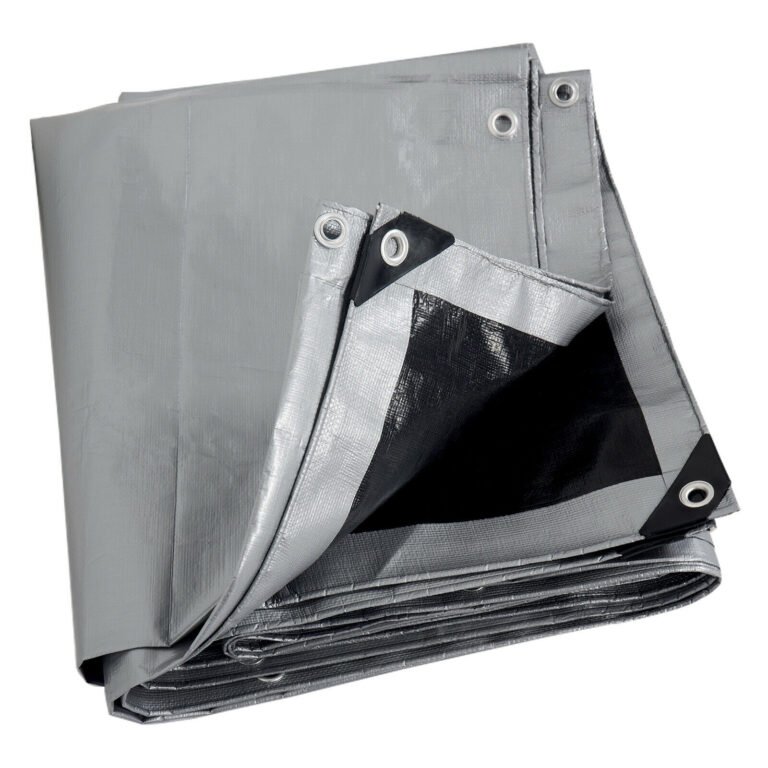Top Green Junk Disposal Methods for a Sustainable Future
In an era where environmental consciousness is at an all-time high, the need for sustainable waste management has never been more critical. The term “green junk disposal” encompasses a range of strategies and practices designed to reduce the environmental impact of waste. This article will delve into the top green junk disposal methods that not only promote sustainability but also contribute to a cleaner, greener planet.
Understanding Green Junk Disposal
Green junk disposal refers to the methods of disposing of waste materials in an environmentally friendly manner. This approach emphasizes recycling, reusing, and composting to minimize landfill contributions. By adopting these methods, we can significantly reduce our ecological footprint and promote a more sustainable future.
1. Recycling: The Cornerstone of Green Disposal
Recycling is one of the most effective and widely recognized methods of green junk disposal. By converting waste into reusable materials, we can conserve resources and reduce pollution. Here’s how recycling contributes to sustainability:
- Conservation of Resources: Recycling materials such as paper, plastics, and metals reduces the need for raw materials, thereby conserving natural resources and energy.
- Reduction of Landfill Waste: Recycling diverts significant amounts of waste from landfills, minimizing the environmental impact associated with waste accumulation.
- Energy Efficiency: Producing new products from recycled materials often requires less energy than manufacturing from virgin materials.
To effectively implement recycling in your community or business, consider the following tips:
- Educate Yourself and Others: Understanding what can and cannot be recycled is crucial. Conduct workshops or distribute educational materials to promote awareness.
- Set Up Convenient Recycling Stations: Establish clearly labeled recycling bins in easily accessible locations to encourage participation.
- Partner with Local Recycling Centers: Collaborate with local recycling facilities to ensure proper processing of recyclable materials.
2. Composting: Nature’s Way of Recycling
Composting is another essential method for green junk disposal. It involves the natural decomposition of organic materials, such as food scraps and yard waste, into nutrient-rich soil. The benefits of composting include:
- Soil Enrichment: Compost adds valuable nutrients to the soil, enhancing plant growth and improving soil structure.
- Reduction of Methane Emissions: Organic waste that decomposes in landfills produces methane, a potent greenhouse gas. Composting mitigates this issue by promoting aerobic decomposition.
- Waste Diversion: Composting significantly reduces the volume of waste sent to landfills, contributing to a more sustainable waste management system.
To start composting, consider the following steps:
- Choose a Composting Method: Options include backyard composting, vermicomposting (using worms), or Bokashi composting (a fermentation process).
- Gather Compostable Materials: Include fruit and vegetable scraps, coffee grounds, eggshells, and yard waste. Avoid meat, dairy, and oily foods to prevent odors and pests.
- Maintain Your Compost: Turn your compost regularly to aerate it and speed up the decomposition process.
3. Reusing: Finding New Purposes for Old Items
Reusing items extends their lifespan and reduces waste. This method involves finding new uses for items that would otherwise be discarded. Here are some ways to encourage reusing:
- Donation: Donate gently used items to local charities, shelters, or thrift stores. This practice not only reduces waste but also supports those in need.
- Creative Repurposing: Get creative and transform old items into new, functional objects. For example, glass jars can be used for storage, while old furniture can be refinished or repurposed.
- Community Swap Events: Organize community swap meets where individuals can exchange items they no longer need. This fosters community engagement while promoting sustainable practices.
4. E-Waste Disposal: Handling Electronic Waste Responsibly
Electronic waste, or e-waste, poses significant environmental challenges due to the hazardous materials contained in devices such as computers, phones, and televisions. Proper disposal of e-waste is essential for protecting our environment. Consider these options:
- E-Waste Recycling Programs: Many communities offer e-waste recycling programs that ensure safe disposal and recycling of electronic devices. Research local facilities and events that accept e-waste.
- Manufacturer Take-Back Programs: Some manufacturers have take-back programs that allow consumers to return old devices for recycling or refurbishing. Check with the manufacturer for available options.
- Data Security: Before disposing of electronic devices, ensure that all personal data is securely erased to protect your privacy.
5. Upcycling: Transforming Waste into New Treasures
Upcycling takes reusing to the next level by creatively transforming waste materials into higher-value products. This practice not only reduces waste but also encourages creativity and innovation. Some ideas for upcycling include:
- Furniture Restoration: Refurbish old furniture by sanding, painting, or reupholstering to create unique pieces for your home.
- Craft Projects: Use materials such as fabric scraps, plastic bottles, or wooden pallets to create art, home decor, or functional items.
- Community Workshops: Organize workshops where community members can learn upcycling techniques, fostering a culture of creativity and sustainability.
6. Sustainable Junk Removal Services
Engaging professional junk removal services that prioritize eco-friendly practices is an effective way to manage waste responsibly. Look for companies that:
- Recycling and Donation Focus: Choose junk removal services that prioritize recycling and donate usable items to local charities, reducing landfill contributions.
- Green Disposal Methods: Ensure that the company follows environmentally friendly disposal methods, such as responsible e-waste recycling and composting organic materials.
- Transparency: Select services that are transparent about their processes and can provide information on how they handle disposed items.
Conclusion: Paving the Way for a Sustainable Future
Adopting green junk disposal methods is vital for creating a more sustainable future. By recycling, composting, reusing, and engaging with professional services that prioritize environmental responsibility, we can significantly reduce waste and its impact on the planet. As individuals and communities, we have the power to make conscious choices that benefit our environment and pave the way for a greener, healthier future.






